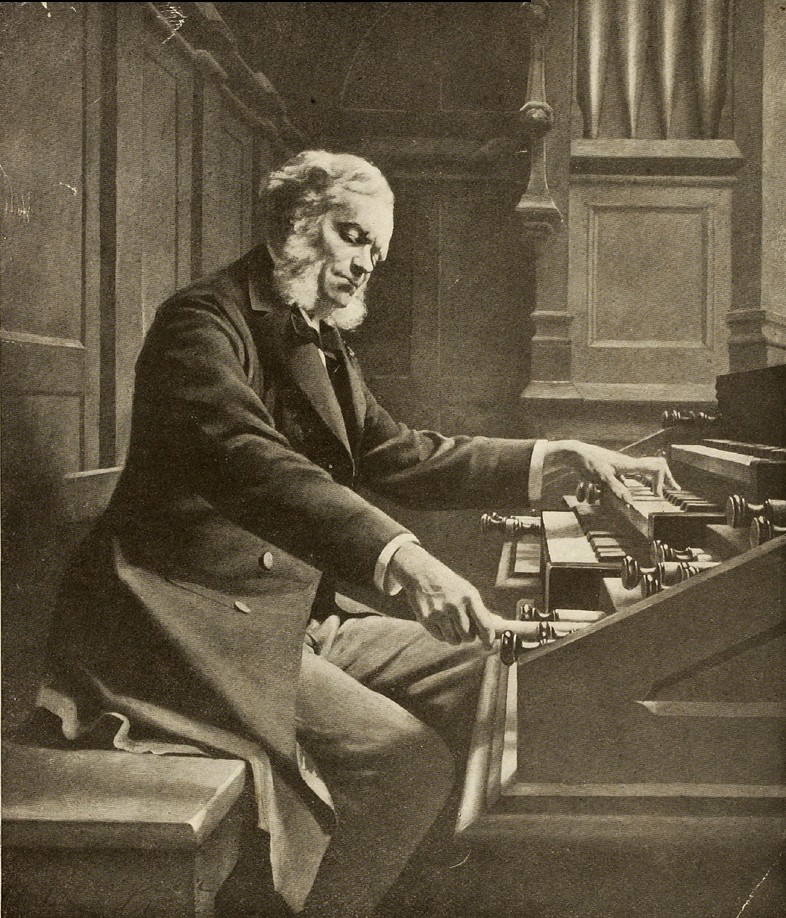Franck, Prelude, Fugue and Variation

This reflective work has a melody that I find endlessly intriguing. Its 9/8 meter, groups of three within groups of three, gives it a seamless feel rhythmically (just as that meter does to Bach’s well-known Jesu, Joy of Man’s Desiring). And although the melody is made up of only a few repeated motives, Franck extends them into long phrases with touches of exoticism. Harmonically, the piece seems to wander. Music of the late Romantic era would often move frequently through remote keys, but Franck retains an overall sense of simplicity while doing it.
The music critic Leland Hall summed up Franck’s style by saying:
[A]ll his work bears the stamp of his personality. Like Brahms, he has pronounced idiosyncrasies, among which his fondness for shifting harmonies is the most constantly obvious. The ceaseless alteration of chords, the almost unbroken gliding by half-steps, the lithe sinuousness of all the inner voices seem to wrap his music in a veil, to render it intangible and mystical.
The work, written in 1860-1862, has an uncommon form. Prelude and fugue is a common combination, as is theme and variations. This work, however, has only one variation, and the fugue is sandwiched in the middle after a brief chorale interlude. But if you strip away this terminology, you see something akin to a classical sonata form with the prelude acting as an exposition, the fugue as development, and the variation as recapitulation.
Joby Bell, who writes an organ blog, offers advice for organists who wish to perform this work. First, he says, play the whole thing rather than individual sections. The piece only makes sense with all of its parts, and the only section that could possibly stand alone, the variation, is the hardest. So learn it all. He concludes:
This is one of those pieces that is beautiful to the ear but horribly awkward to play. Go with making it sound good; never telegraph how difficult it is. Sit up straight, and refuse to lunge for any note or swell shoe in a panic.
That seems like good advice for the performance of all music.



